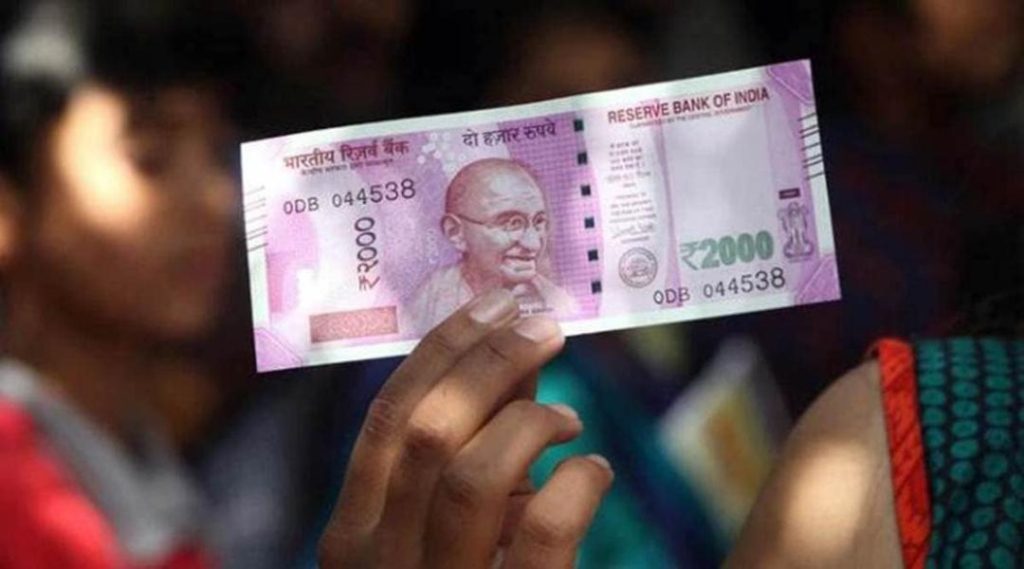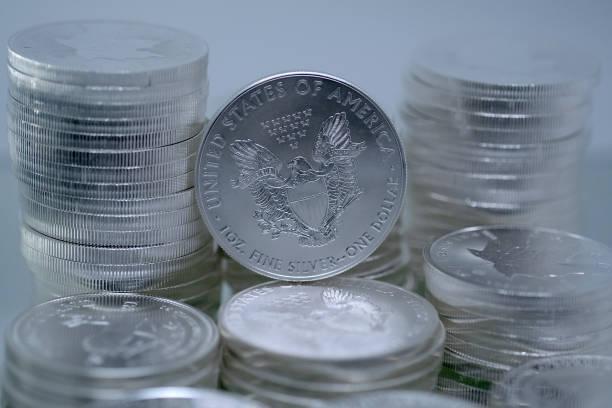
₹2000 Notes Worth ₹6,181 Crore Still in Circulation: RBI
The Reserve Bank of India (RBI) has recently made a surprising revelation that as on May 31, 2025, approximately ₹2000 banknotes worth ₹6,181 crore are still in circulation. This news may come as a shock to many, considering that these banknotes were withdrawn from circulation on May 19, 2023. The RBI’s announcement has sparked curiosity among the public, leading many to wonder how these notes managed to evade the withdrawal process.
For those who may not be aware, the RBI had announced the withdrawal of ₹2000 banknotes from circulation in May 2023. The move was aimed at reducing the circulation of high-denomination banknotes, which were seen as a breeding ground for black money and corruption. The RBI had set a deadline of June 30, 2023, for people to deposit their ₹2000 banknotes into banks or exchange them for lower-denomination notes.
So, what happened to the rest of the notes? According to the RBI, a staggering 98.26% of the ₹2000 banknotes in circulation as on May 19, 2023, have since been returned. This means that only a small fraction of the notes, worth ₹6,181 crore, remain in circulation. This number may seem insignificant, but it is still a substantial amount that has managed to evade the withdrawal process.
The RBI’s announcement has raised several questions, including how these notes managed to evade the withdrawal process and what measures the central bank plans to take to collect the remaining notes. The RBI has not provided any specific details on this matter, but it is likely that they will be reviewing their withdrawal process to ensure that all notes are accounted for.
The withdrawal of ₹2000 banknotes was a significant move by the RBI, aimed at curbing the circulation of high-denomination banknotes and promoting digital transactions. The move was also seen as a step towards reducing the use of cash in transactions and promoting financial inclusion.
However, the RBI’s announcement has also raised concerns about the effectiveness of the withdrawal process. If 98.26% of the notes have been returned, it raises questions about the remaining 1.74% of notes that are still in circulation. It is possible that some of these notes may have been manipulated or tampered with, which could have serious consequences for the financial system.
In addition, the RBI’s announcement has also raised concerns about the security of the financial system. If high-denomination banknotes can still be found in circulation, it raises questions about the effectiveness of the RBI’s security measures. The RBI has been working to improve its security measures, including the introduction of new banknotes with enhanced security features. However, the discovery of these notes in circulation suggests that there may still be vulnerabilities in the system that need to be addressed.
The RBI’s announcement has also sparked concerns about the impact on the economy. The circulation of high-denomination banknotes can have a significant impact on the economy, particularly in rural areas where cash is still the primary mode of transaction. The withdrawal of these notes was aimed at reducing the use of cash and promoting digital transactions, but the discovery of these notes in circulation suggests that there may still be a long way to go.
In conclusion, the RBI’s announcement that ₹2000 banknotes worth ₹6,181 crore are still in circulation is a significant revelation that has raised several questions. The central bank’s withdrawal of these notes was aimed at reducing the circulation of high-denomination banknotes and promoting digital transactions, but the discovery of these notes in circulation suggests that there may still be vulnerabilities in the system. The RBI will need to review its withdrawal process and security measures to ensure that all notes are accounted for and to prevent any further manipulation or tampering.






